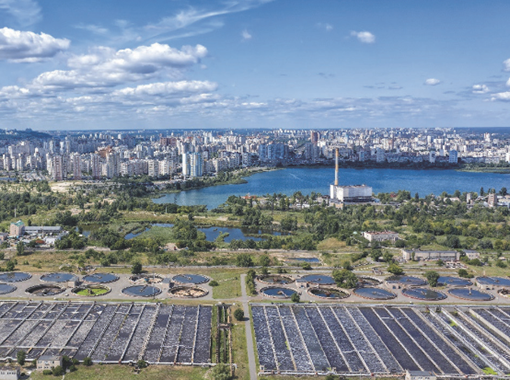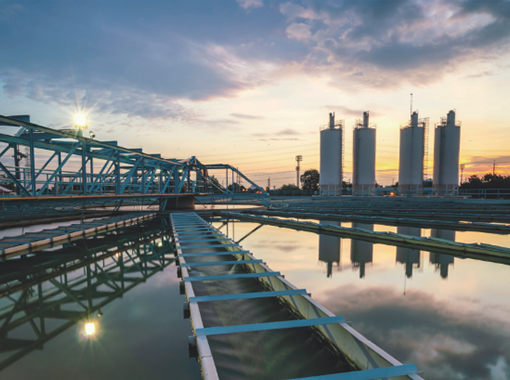Selecting the appropriate water level technology for a particular application is critical to a successful measurement as well as controlling the initial costs of instruments and costs associated with maintaining a less than ideal technology. Level measurement is critical to the water industry. Whether it's efficiency, digital operation and maintenance, or even smart cities, equipment accuracy, stability, and low total cost of ownership are what users care about. Therefore, ultrasonic level transmitters with high measurement accuracy, good stability, low maintenance, and high cost efficiency are widely used in all aspects of the water industry.
Technology Choices
Radar level transmitter is often viewed as the best method of level measurement, but this is not necessarily true in the water industry. Although radar technology certainly does offer high performance and accuracy, in many water and wastewater applications non-contact level measurement using ultrasonic is the best choice due to its lower cost and application-specific benefits. This essay will compare ultrasonic and radar sensors, and provide examples where ultrasonic instruments are the best choice.
Radar level transmitter is an excellent, high performing choice for many liquid level applications, but not necessarily the best choice in wastewater. Some ultrasonic level sensor instruments on the market today have features implemented specifically for the wastewater industry. Ultrasonic level instruments, non-invasive ultrasonic level transmitter can be a cost-effective and beneficial part of an efficient and safe wastewater treatment plant and should be considered when selecting water level measuring instruments.
Ultrasonic applications, many water level applications such as wet wells, rainwater basins and wastewater chemicals (without vapor), are perfect spots for ultrasonic sensors. Ultrasonic level sensors offer flexible installation options and minimal maintenance.
Many ultrasonic level sensors contain pre-programmed curves for a wide variety of flumes and weirs. Alternately, many ultrasonic instruments allow for entry of a manual table for non-standard flumes or weirs. The measurement accuracy of an ultrasonic sensor is sufficient for open channel flow measurement, thus the added cost of a radar device is not typically justified.
Non-contact ultrasonic level sensors are ideal for installation in tight places due to the relatively small size of the sensor and the ability to mount a sensor directly to a ceiling. In outdoor installations where temperatures can drop below freezing, ultrasonic level sensors should be ordered with integral heaters to prevent ice formation on the sensor, ensuring reliable measurement year round.
The SKE Ultrasonic series provides a non-contact method of detecting level, presence or absence detection, volume, proximity and distance.
With built in technology to compensate for unpredictable variables such as humidity, temperature, the SK-WY is built to excel in mid-range applications, and it is perfect for monitor level in pipes, tanks, and pits at various stages. Level measurements and tank status can be remotely access through clear display or other easy outputs.
In conclusion, non-invasive ultrasonic water level sensor gauges have become indispensable in wastewater treatment plants due to their ability to provide accurate, non-contact measurements. These sensors ensure efficient pumping, prevent overflows, optimize chemical dosing, and enhance overall operational efficiency. Efficient and safe wastewater treatment with SKE ultrasonic level sensor transmitter SK-W series.

 CN
CN


